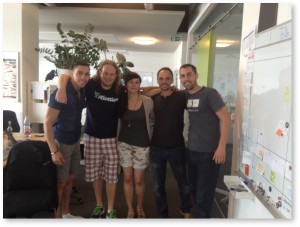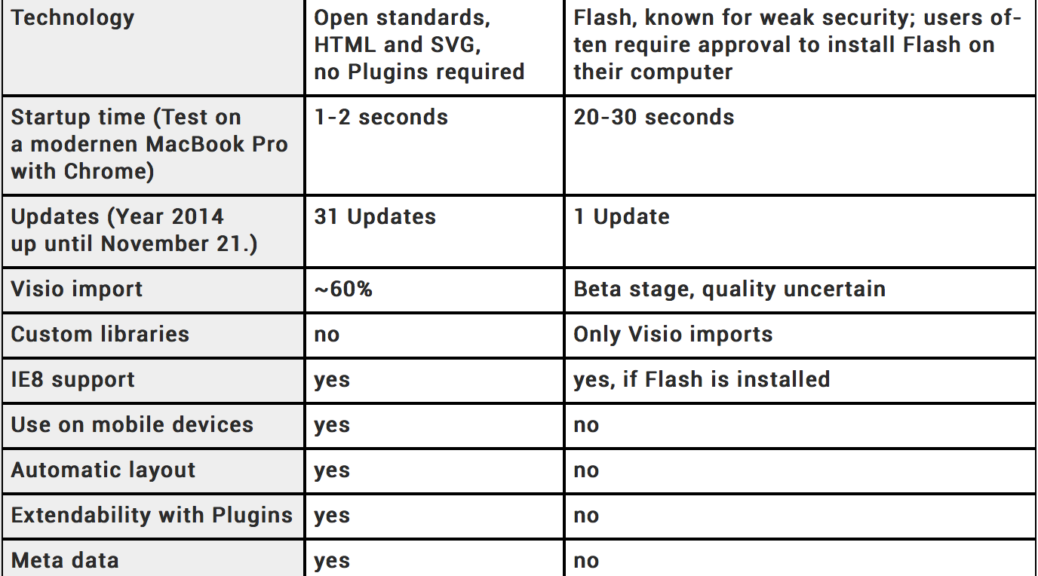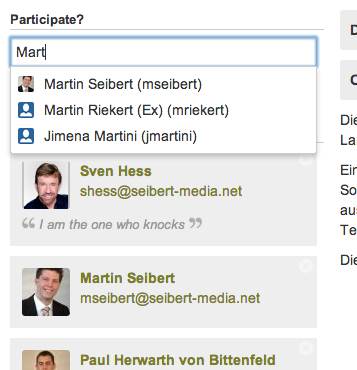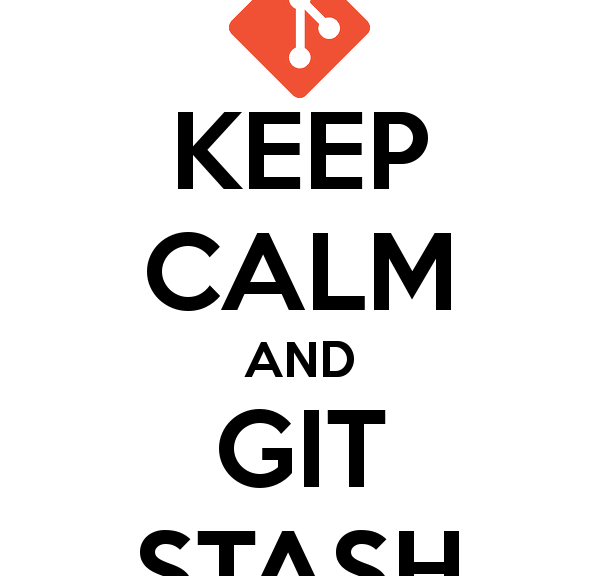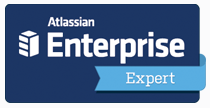The goal of a hackathon is to buckle down and create a product and/or complete a small project under time pressure (at //SEIBERT/MEDIA within 24 hours). The hackathon team alone plans and decides what kind of product or project to work on. We explained the reasons for regularly conducting hackathons in our agile organization in more detailed articles. On the one hand, we strive to create concrete and truly innovative solutions. On the other hand, we try to attain “soft” effects, such as promoting training, teamwork and personal responsibility and motivating our employees. Our latest hackathon took place in early July 2013. In the following chronological field report, we offer insight into the work of the team that designed and developed the EasyEvents Confluence plugin.
Hackathon at //SEIBERT/MEDIA – Field report on developing the EasyEvents plugin for Confluence
